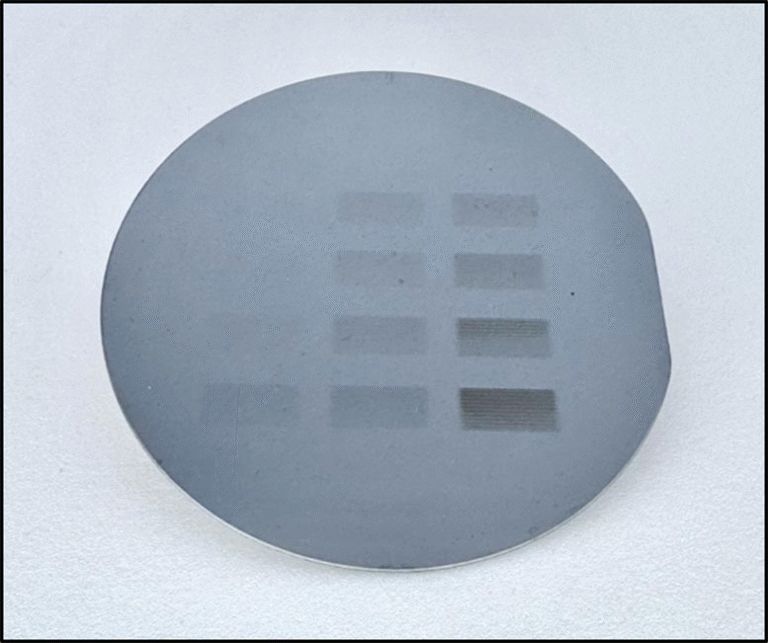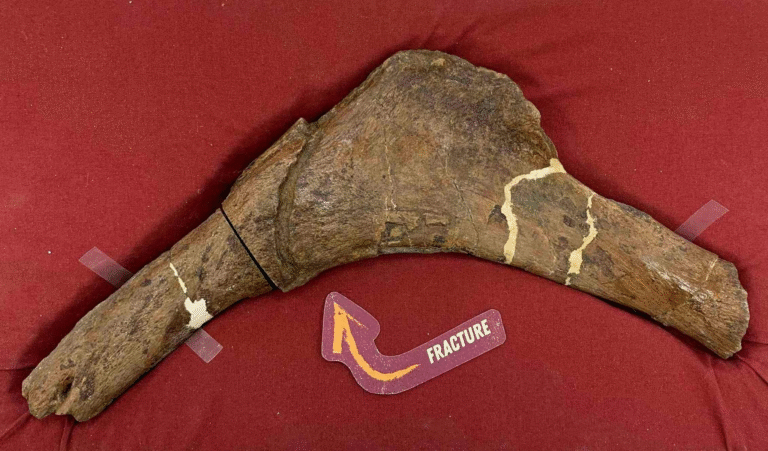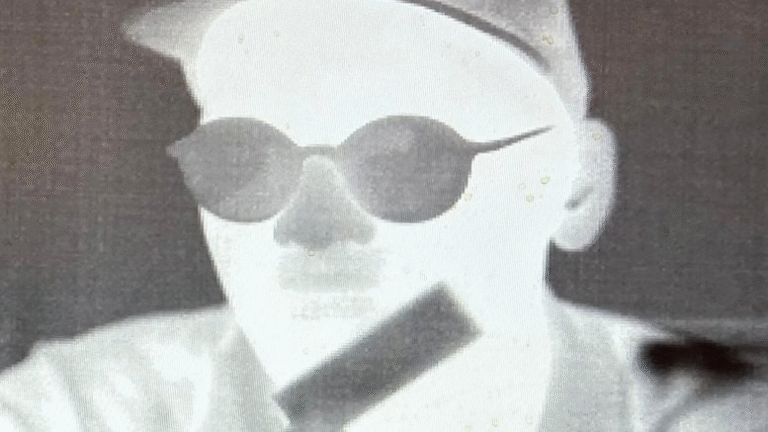Scientists Discover Virtual Charges That Appear Only Under Light

A new study published in Nature Photonics has revealed an extraordinary phenomenon in solid-state physics: the presence of virtual charges that exist only when a material is struck by ultrafast flashes of light. These charges do not behave like the traditional electrons and holes we normally think of as charge carriers. Instead, they are temporary, fleeting participants in the interaction between light and matter—yet they play a crucial role in determining how materials respond to light at the fastest possible timescales.
This groundbreaking research was led by scientists at the Politecnico di Milano, working in collaboration with the University of Tsukuba, the Max Planck Institute for the Structure and Dynamics of Matter, and the Institute of Photonics and Nanotechnology (CNR-IFN). The work not only reshapes how scientists think about light–matter interaction, but also has big implications for the development of ultrafast technologies that could operate at petahertz frequencies—a thousand times faster than today’s electronic devices.
What Exactly Are Virtual Charges?
To understand the significance of this discovery, it’s worth breaking down what virtual charges are. Unlike real charges such as electrons or holes that persist after being excited into a new state, virtual charges are short-lived, quantum states that appear only during the presence of a strong light field. They vanish as soon as the light pulse is gone.
You can think of them as the ghostly echoes of possible transitions within a material’s electronic structure. These virtual transitions don’t leave behind permanent charge carriers, but they shape the way the material responds while the light is still interacting with it.
In simple terms: real charges stick around and change the material’s properties even after the light is gone. Virtual charges only exist during the interaction, yet they still affect the outcome. Until now, many studies overlooked them or treated them as negligible. This new research shows they are anything but.
The Experiments in Detail
The experiments were performed on monocrystalline diamond, a well-known insulating material. The researchers bombarded the diamond with light pulses lasting just a few attoseconds—that’s a billionth of a billionth of a second. For perspective, in the time it takes you to blink your eye, billions upon billions of these light pulses could occur.
To observe what was happening, the team used a method called attosecond transient reflection spectroscopy (ATRS). This highly precise technique measures changes in the reflection of light from a material on an attosecond timescale. By analyzing how the reflection evolved over these incredibly short bursts, the scientists could track the ultrafast electronic processes in the diamond.
Crucially, they compared the experimental data to state-of-the-art numerical simulations. This allowed them to distinguish between the contributions of real charge carriers and these newly revealed virtual charges.
The Role of Virtual Transitions
The findings showed that virtual vertical transitions—temporary transitions between electronic bands—play a significant role in the diamond’s response to light. These transitions were previously thought to be less important compared to intraband motion (the movement of electrons within a single band).
What this means is that when light hits the diamond, it’s not just about electrons physically moving around. The virtual states that briefly appear and disappear during the interaction are essential to fully explain the optical behavior. Without including these effects, theoretical models would fail to reproduce what actually happens in the lab.
This discovery forces a rethink of how scientists model strong-field phenomena in solid materials. It suggests that even in extreme conditions, where only real charges were assumed to dominate, virtual charges are equally important.
Why This Matters
Understanding these processes isn’t just an academic exercise. The insights are key for the next generation of ultrafast optical technologies. Devices such as optical switches and modulators—components that control light signals—could one day operate at petahertz frequencies. For comparison, today’s best electronics run at gigahertz frequencies. Moving from gigahertz to petahertz represents a jump of a thousand times in speed.
At such extreme speeds, traditional models that ignore virtual charges would be useless. By including them, scientists can now accurately predict and design devices that harness ultrafast light–matter interactions.
Who Was Involved in the Study
The research was a global effort. Alongside the Politecnico di Milano, scientists from:
- University of Tsukuba (Japan)
- Max Planck Institute for the Structure and Dynamics of Matter (Germany)
- Institute of Photonics and Nanotechnology (CNR-IFN) (Italy)
contributed to both the experimental and theoretical work.
The team included Gian Luca Dolso, Shunsuke A. Sato, Giacomo Inzani, Nicola Di Palo, Bruno Moio, Rocío Borrego-Varillas, Mauro Nisoli, and Matteo Lucchini.
The experiments were performed at the Attosecond Research Center (ARC) of the Politecnico di Milano. Funding support came from major European and national projects such as ERC AuDACE (Attosecond Dynamics in Advanced Materials) and MIUR FARE PHorTUNA (Phase Transition Ultrafast Dynamics in Mott Insulators).
Techniques That Made This Possible
The breakthrough relied on several advanced techniques and setups:
- Attosecond transient reflection spectroscopy (ATRS): A way to measure changes in light reflection on attosecond scales.
- Pump-probe delay calibration: The researchers carefully calibrated the timing of the light pulses to make sure their experimental data aligned with theoretical predictions.
- Complex optical setups: A network of mirrors, lenses, and precision instruments was used to guide and manipulate ultrafast laser pulses at the Attosecond Research Center.
This level of precision is necessary to capture effects happening on timescales shorter than anything in everyday experience.
Extra Background: What Are Attoseconds?
Since this study revolves around attosecond physics, let’s pause and explore what that actually means.
- 1 attosecond = 10⁻¹⁸ seconds
- Light itself travels only about the width of a single hydrogen atom in one attosecond.
- The motion of electrons inside atoms and solids naturally occurs on this timescale.
Studying events at attosecond scales is like watching the inner heartbeat of matter. It allows scientists to capture the first instant of electron motion, before slower processes like vibrations or heating take over.
Extra Background: Why Diamonds?
Diamonds may be best known for jewelry, but in physics they serve another purpose. As wide-bandgap dielectrics, diamonds can withstand extremely intense light without breaking down. Their strong atomic bonds and clear structure make them excellent testbeds for ultrafast optical experiments.
By using diamonds, researchers can study pure light–matter interactions without the complications that come from defects or impurities.
Extra Background: Virtual vs Real Carriers
To make the distinction even clearer:
- Real carriers: Electrons and holes promoted to actual energy states. They exist even after the light is gone. They contribute to conduction, heating, and longer-lived effects.
- Virtual carriers: Temporary states induced by the light field. They disappear immediately when the light ends. They do not contribute to conduction directly but shape the immediate optical response.
In high-speed optical devices, both play a role. Ignoring virtual carriers would be like ignoring the temporary bending of a spring when you press on it quickly, even though that bending determines how the spring reacts in real time.
Applications for the Future
If scientists can fully understand and control these ultrafast dynamics, we could see revolutionary advances in technology, such as:
- Petahertz optical computers far beyond today’s silicon-based chips.
- Ultra-rapid data switches for communication systems.
- Light-based modulators capable of controlling signals at previously impossible speeds.
- Insights into quantum materials, since virtual carriers might play a role in exotic phases of matter.
This isn’t just theoretical. The methods developed here are steps toward practical devices that might redefine the limits of information processing.
Final Thoughts
This research is not just about spotting something new. It is about redefining how we model light–matter interaction at the fastest scales. For decades, many models assumed that only real charges mattered. Now we know that the ephemeral, ghostlike virtual charges are indispensable.
With this discovery, physicists gain a deeper understanding of the quantum world, while engineers gain new tools to push the boundaries of speed in computing and communication.





